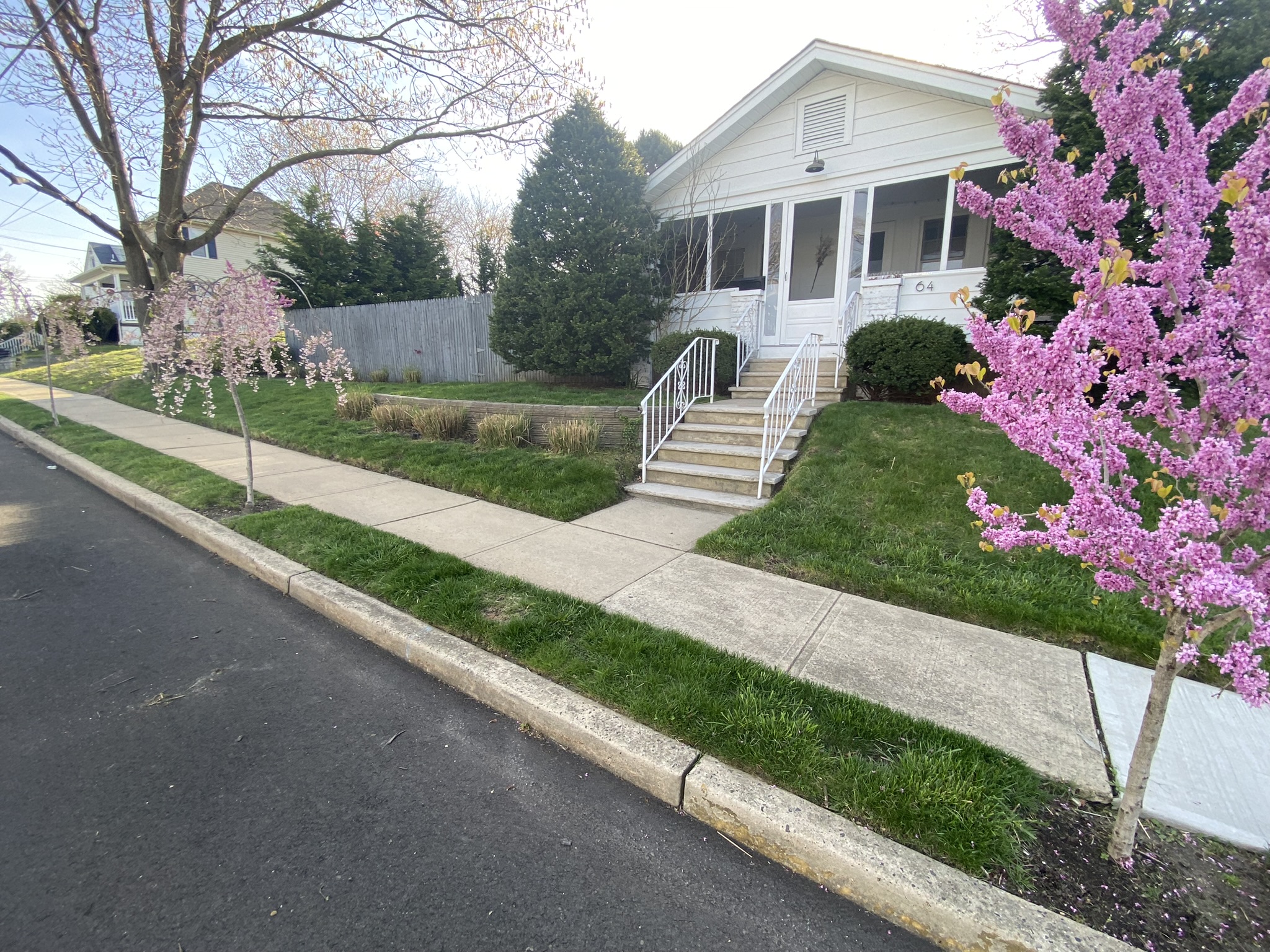Monmouth Square Eatontown Monmouth Square is a transformative redevelopment project in Eatontown, New Jersey, aiming…

Real Estate Buying Behaviors Emerging From COVID-19
7 Real Estate Buying Behaviors Emerging From COVID-19
The housing market is seeing unprecedented monthly jumps in existing-home sales and home price appreciation remains strong.
- Buyers are in a rush.Last year, buyers looked at an average of nine homes before making a home purchase. Now, they’re looking at three to four homes before initiating a contract.
- Wish lists are shifting. Home shoppers are changing some of their priorities for home features. For example, NAR research shows that the top feature desired by buyers is a home office. Many households may need more than one. Also, more home buyers are sizing up outdoor space, showing an increasing desire for a pool, garden, or just more space to enjoy the outdoors.
- Buyers are less concerned about commutes. Freedom from the bounds of the commute has allowed some buyers to expand their searches beyond city centers to the suburbs and exurbs—which may also offer more affordable housing. If workplaces keep changing and there’s this greater acceptance of remote working, this trend could stick around longer. Also, second homes are in greater demand.
- Multigenerational households may grow more common. A recent surveys show a growing desire of buyers—particularly younger buyers—wanting to live closer to their family. The top reasons to move before the pandemic were a new job, marriage, or baby. But now most moves are being driven by young millennials—twenty-somethings—who want to be near their family or friends. The family unit appears to be becoming more important and COVID could increase this trend.
- Pets could drive purchase decisions. The pandemic has sparked a surge in households that want a pet. NAR surveys have shown that pets can influence when and where people buy. Forty-three percent of households say they’d be willing to move to better accommodate their pet, according to NAR’s 2020 pets in real estate study. Pet owners want a fenced-in yard and extra space for their animals.
- A first-time buyer wave could emerge. Consumers may show more commitment to their home than to long-term relationships. In the 1980s, 75% of first-time buyers were married. In 2019, that dropped to 53%. Young adults are waiting longer to get married. Meanwhile, unmarried couples are buying homes at the highest levels ever recorded by NAR: 17%. Also, NAR research has seen a rise in roommates pooling their incomes to purchase a home together. If young professionals become less tied to a metro area for work—in metros where it can be difficult to afford a property—they may increase their purchases.
- Housing tenure could fall. Over recent years, homeowners have stayed put in their homes longer than they have in past—an average of 10 years, which is longer than the traditional six-year average. Americans are not moving longer distances like they did in the 1980s. As cities urged stay-at-home restrictions during the pandemic, consumers may start to question whether their home fits their current needs. Interest rates are at all-time lows. Buyers may want to move and find a home where they can work from and the kids can too, and they want more yard space to relax.










